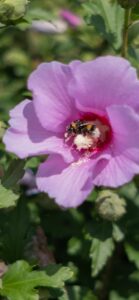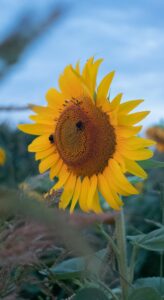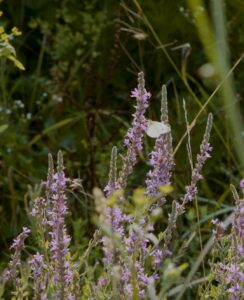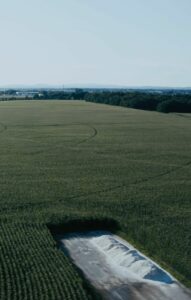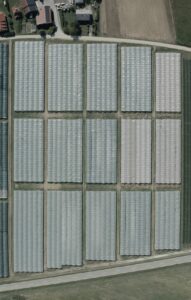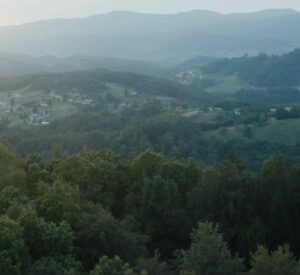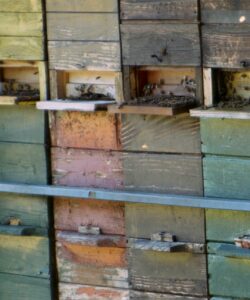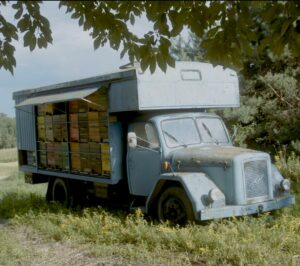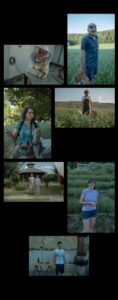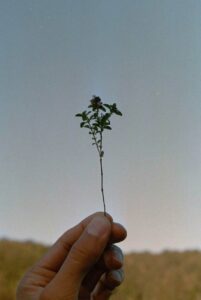
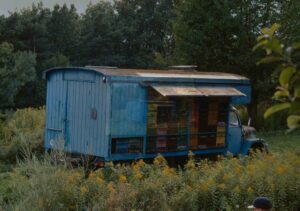
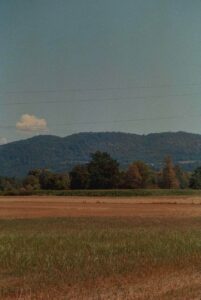
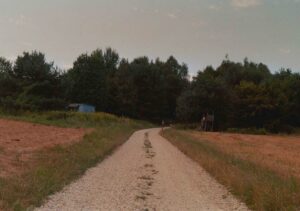
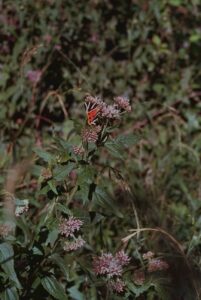
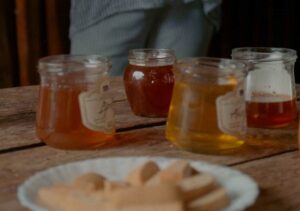
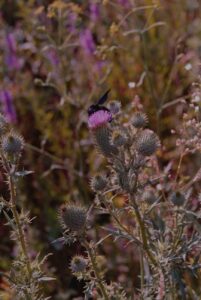
It
is
estimated
that
one
out
of
every
three
bites
of
food
we
eat
is
made
possible
by
pollinators.
Please enable sound
Episode 1
Prologue
Prologue
0% Loading...
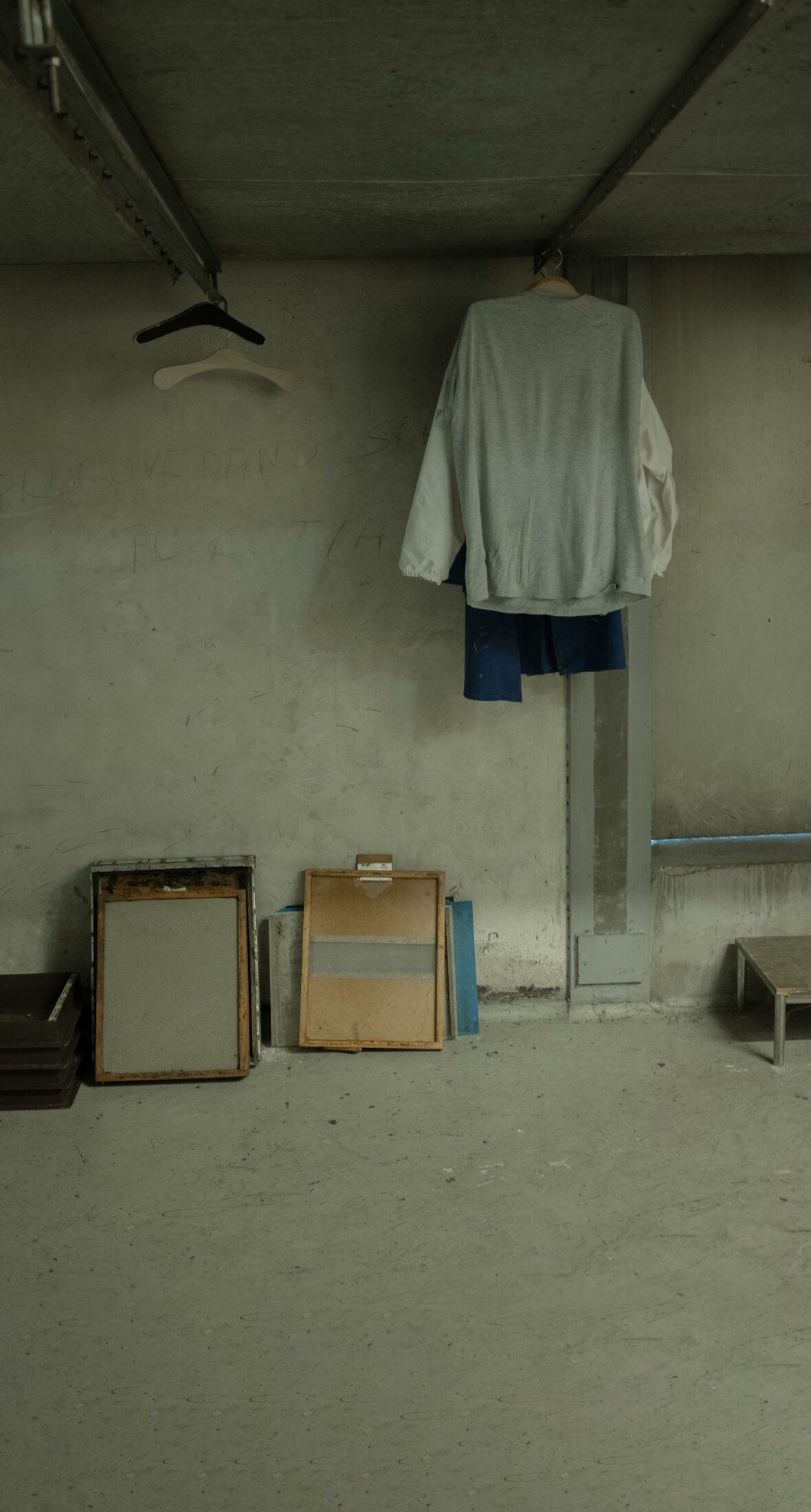
The Pollinators
of Slovenia
An interactive documentary
by Studio Airport
by Studio Airport
2023
About
Amid Slovenia’s thick forests of beech, fir, and maple, rolling agricultural land, and clear-running rivers there run ancient threads of relationship—between humans, pollinators, and the Earth—that still hum with life. In this interactive documentary, we travel deep into Slovenia’s landscape to learn how beekeepers and farmers are continuing to nurture this relationship in the face of climate change and habitat loss, finding new ways to nourish the vital creatures who in turn nourish us and the land.
Produced by
Emergence Magazine
Studio Airport
Director
Bram Broerse
Art Director
Maurits Wouters
Executive Producer
Emmanuel Vaughan-Lee
Writers
Anže Petelinšek
Bram Broerse
Emmanuel Vaughan-Lee
Cinematographers
Luuk de Kok
Mischa van Schajik
Photographers
Maurits Wouters
Carsten Pölking
Film Editor
Bram Broerse
Sound Designer & Music
Julian Tjon Sack Kie
Researcher
Anže Petelinšek
Graphic Designers
Anže Petelinšek
Bram Broerse
Sam Reith
Code by
September Digital
Developers
Hidde Meulenbeek
Wouter den Boer
Jan-Maarten Schot
Drone Operator
Mischa van Schajik
Color Grader
Maurits Wouters
Motion Designers
Bram Broerse
Hidde Meulenbeek
Narration Writer
Rachel Broomhead
Copy Editors
Michelle Moore
Lucy Wormald
Translator
Anže Petelinšek
Narrator
Tisa N. Herlec
Interviewees
Matjaž Novak
Stefan Novak
Roman Košale
Dr. Danilo Bevk
Manca Omerzu
Franc Petrovčič
Darja Jenko
Črt Butul
Interviewers
Anže Petelinšek
Bram Broerse
Cellist
Laurence Gaudreau
Voice Over Recording
SonicPicnic, Robin Schaefer
Additional Camera Operator
Ziga Krajnc
Special Thanks to
Beekeep Museum, Čebelarstvo Tigeli
Čebelarstvo Košale
Domač Butul
Dr. Danilo Bevk
Eko Prekmurc
Janšev Čebelnjak
Kmetija Omerzu
Landscape Park Tivoli
Ljubljana Botanic Garden
Slovenia Forest Service
Urban Beekeepers Association
07:53
What are pollinators?
The creatures that make our life possible.
We have bumblebees, wild bees,
wasps, Carniolan bees.
What is a bee to us?
A bee for us is life,
because without bees we would have
less fruit
and less flowers.
They’re really important,
because without them there is no us.
We have to understand this.
It’s an insect.
And it’s giving us food by working.
And it’s giving us food
also in an indirect way.
At the heart of our ecosystems
is a particularly special kind of creature.
Delicate, humming, small.
Easily overlooked by a busy human eye.
We call them pollinators.
Bees, flies, beetles, wasps, butterflies,
and even some birds.
Thousands of species pollinate,
and they all share one
distinguished role on Earth.
Pollinators are life-givers,
creatures that move pollen
from one plant to another,
enabling them to flower
and give fruit to the world.
If an ecosystem is a tapestry,
constantly being woven,
then pollinators are the ones threading the needle:
keeping us together,
helping one life nourish another.
Quite simply, they make our lives possible
and that of thousands of other species.
And yet these vital animals are
themselves being deprived of life.
With the increase in large-scale
agriculture and industry,
their habitats are being destroyed
and their colonies depleted.
With the decline in pollinators,
our world is losing color.
It is becoming less vibrant,
less diverse, and more fragmented.
How can we support these precious creatures?
Restore the balance between
our lives and theirs?
And keep them at the heart
of our shared life on Earth?
In Slovenia, the answer feels tantalizingly close.
With much of its land still relatively untouched
by destructive human practices,
this small, compact country in Central Europe
brings us a living model of hope for vibrant,
pollinator-rich ecosystems.
Its secret lies in its ability to meet the pressures
of our changing climate,
intense human competition for natural resources,
with a long-standing devotion
to the more-than-human world.
Amid its thick forests of beech, fir, and maple,
rolling agricultural land,
and clear-running rivers
there run ancient threads of relationship
between humans, pollinators, and the Earth
that still hum with life,
kinships that have evolved over thousands of years.
In Slovenia, the most celebrated of these relationships
is that between humans
and the queen of pollinators:
the honeybee.
Slovenia’s rich knowledge of beekeeping
runs deep and travels far.
Many of the techniques developed here,
such as the use of moving frames in beehives,
are now used across the world.
And a national magazine has been publishing
the passions and insights
of beekeepers for over 120 years.
Honeybees are so treasured in Slovenia
that they are woven into
the land’s cultural imagination.
Not only is their presence felt in the
brightly painted beehives
that adorn every corner of the landscape,
they’ve also found their way into the art,
poetry, and history of the nation.
How can we help maintain this circle of life,
keeping the pollinators nourished
so that they can nourish us
and our ecosystems in turn?
Because Slovenia is so small as a country,
we could easily be a benchmark
for a 100 percent ecologic or natural way
of farming and cultivating the land.
It’s such a small space
with so many different microclimates
that we could be a learning center,
not just for the biodiversity of the woods
but also for everything else.
The people of Slovenia recognize that if
we are to continue this special relationship,
we cannot just look to the past
but must also find new ways to work together.
In the face of our changing climate,
Slovenia has taken innovative steps to protect
and conserve its wild pollinator populations,
including initiatives to restore and enhance habitats,
improve nesting sites,
and promote the use of
bee-friendly plant species.
Over the course of five episodes,
we visit family farms that are
implementing sustainable practices,
meet a forager who shares his bed with bees,
learn about urban beekeeping
from a rooftop beekeeper,
and discover how bees breathe life
into farm-to-table cuisine.
Together, we will explore
how the people of Slovenia
carry on generations-old traditions
of caring for pollinators,
and how the pollinators, in turn,
care for the land.
What are pollinators?
The creatures that make our life possible.
We have bumblebees, wild bees,
wasps, Carniolan bees.
What is a bee to us?
A bee for us is life…
because without them we have
less fruit... and less flowers.
They’re really important because
without them there is no us.
We have to understand this.
It’s an insect.
And it’s giving us food... by working.
And it’s giving us food,
also in an indirect way.
At the heart of our ecosystems is
a particularly special kind of creature.
Delicate, humming, small.
Easily overlooked by a busy human eye.
We call them pollinators.
Bees, flies, beetles, wasps, butterflies,
and even some birds.
Thousands of species pollinate,
and they all share one
distinguished role on Earth.
Pollinators are life-givers,
creatures that move pollen
from one plant to another,
enabling them to flower
and give fruit to the world.
If an ecosystem is a tapestry,
constantly being woven,
then pollinators are the ones threading the needle:
Keeping us together,
helping one life nourish another.
Quite simply, they make our lives possible.
And that of thousands of other species.
And yet these vital animals are
themselves being deprived of life.
With the increase in large-scale
agriculture and industry,
their habitats are being destroyed
and their colonies depleted.
With the decline in pollinators,
our world is losing color.
It is becoming less vibrant,
less diverse, and more fragmented.
How can we support these precious creatures?
Restore the balance between
our lives and theirs?
And keep them at the heart
of our shared life on Earth?
In Slovenia, the answer feels tantalizingly close.
With much of its land still relatively untouched
by destructive human practices,
this small, compact country in Central Europe
brings us a living model of hope for vibrant,
pollinator-rich ecosystems.
Its secret lies in its ability to meet the pressures
of our changing climate,
intense human competition for natural resources,
and monocultural farming practices with a long-standing
devotion to the more-than-human world.
Amid its thick forests of beech, fir, and maple
rolling agricultural land,
and clear-running rivers
there run ancient threads of relationship
between humans, pollinators, and the Earth
that still hum with life,
kinships that have evolved over thousands of years.
In Slovenia, the most celebrated of these relationships
is that between humans and
the queen of pollinators: the honey bee.
Slovenia’s rich knowledge of beekeeping
runs deep and travels far.
Many of the techniques developed here,
are now used across the world.
And a national magazine has been publishing,
the passions and insights
of beekeepers for over 120 years.
Honey bees are so treasured in Slovenia
that they are woven into the
land’s cultural imagination.
Not only is their presence felt
n the brightly painted beehives
that adorn every corner of the landscape.
They've also found their way into the art,
poetry, and history of the nation.
How can we help maintain this circle of life?
Keeping the pollinators nourished so that they
can nourish us and our ecosystems in turn?
Because Slovenia is so small as a country, we could easily be a benchmark for a 100 percent ecologic or natural way of farming and cultivating the land.
we could easily be a benchmark for
a 100 percent ecologic or natural way
of farming and cultivating the land.
It’s such a small space with so many different
microclimates that we could be a learning center
not just for the biodiversity of the woods
but also for everything else.
The people of Slovenia recognize that if
we are to continue this special relationship,
we cannot just look to the past
but must also find new ways to work together.
In the face of our changing climate,
Slovenia has taken innovative steps to protect
and conserve its wild pollinator populations,
including initiatives to restore and enhance habitats,
improve nesting sites, and promote the
use of bee-friendly plant species.
Over the course of five episodes,
we visit family farms that are
implementing sustainable practices
meet a forager who shares his bed with bees,
learn about urban beekeeping
from a rooftop beekeeper,
and discover how bees breathe life
into farm-to-table cuisine.
Together, we will explore how
the people of Slovenia
carry on generations-old traditions
of caring for pollinators,
and how the pollinators, in turn,
care for the land.
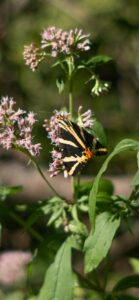
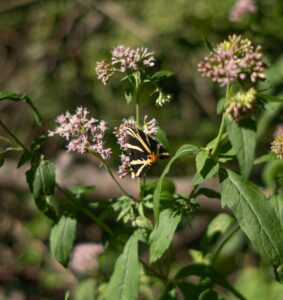

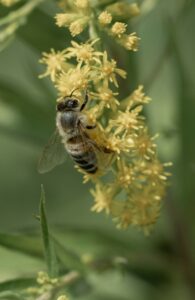
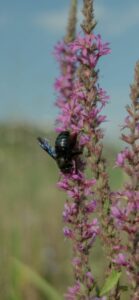
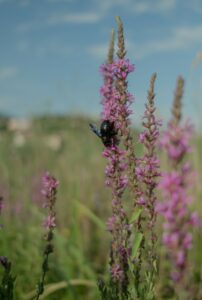
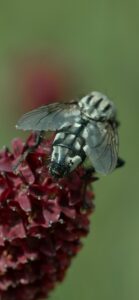
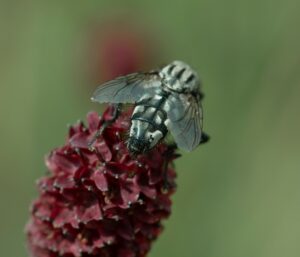
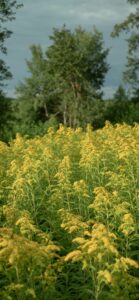
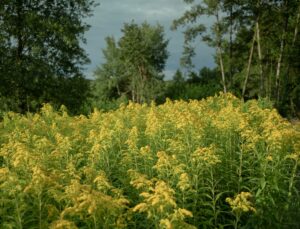
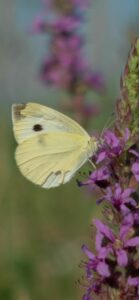
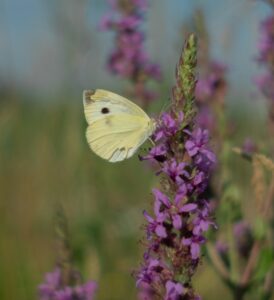
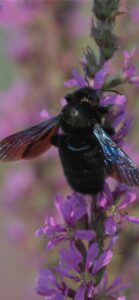
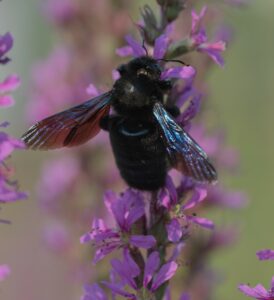
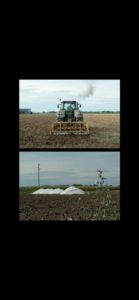
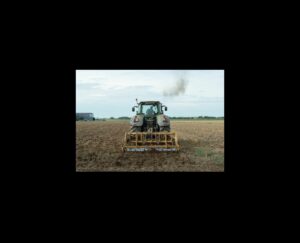
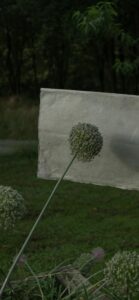
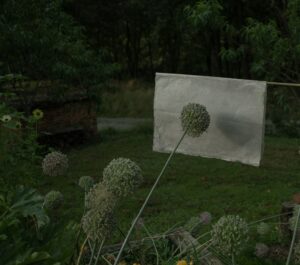
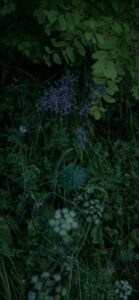
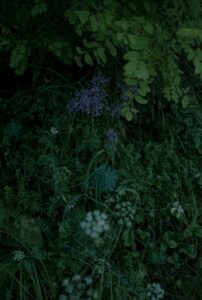
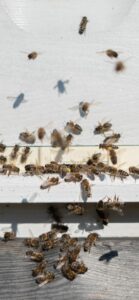
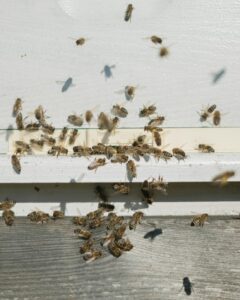

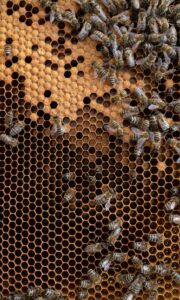
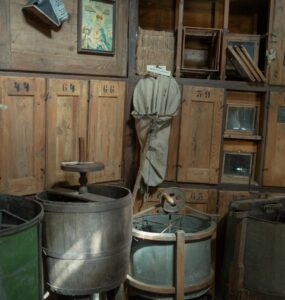
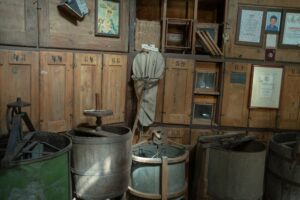
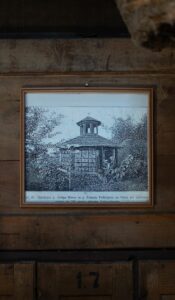
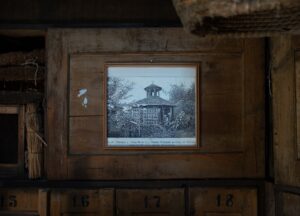
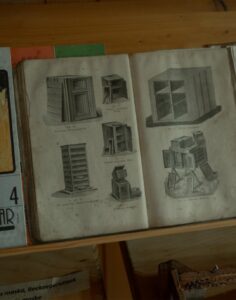
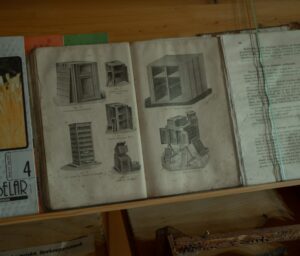
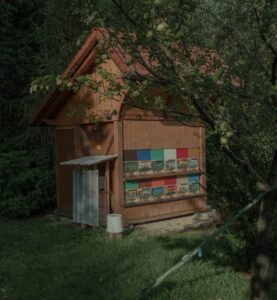
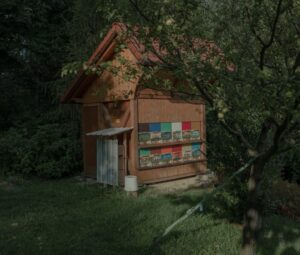
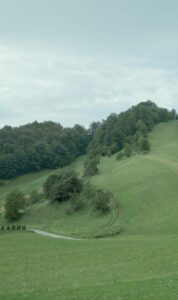
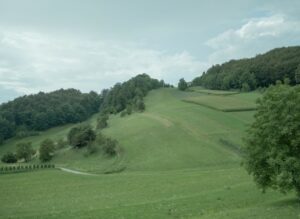
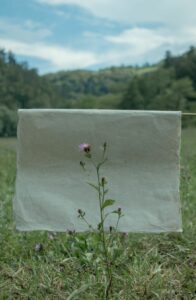
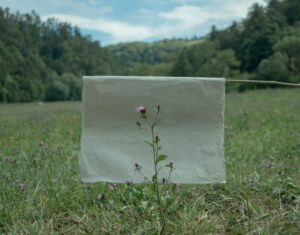
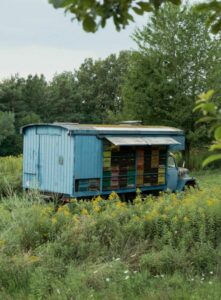
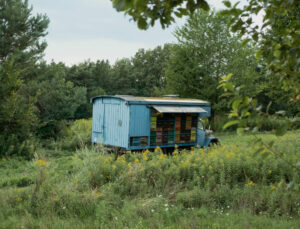
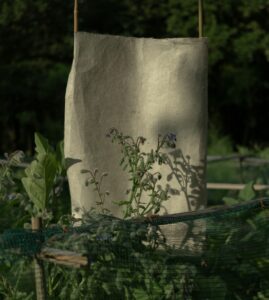
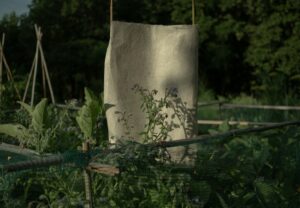
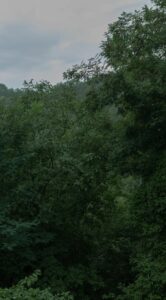
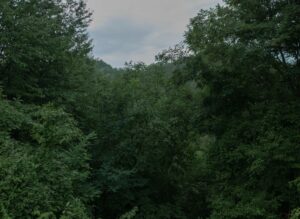
EP.01
Prologue
Episode 1
Part (1/1)
